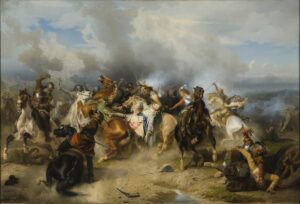
O Little Flock, Fear Not the Foe
After praying the words “God is with us, and we with God— / Our vict’ry cannot fail,” King Adolphus rode out with his men…

After praying the words “God is with us, and we with God— / Our vict’ry cannot fail,” King Adolphus rode out with his men…
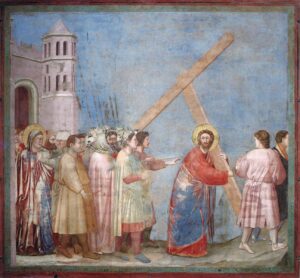
Come to Me, all you who labor and are heavy laden, and I will give you rest. Take My yoke upon you and learn from Me, for I am gentle and lowly in heart…
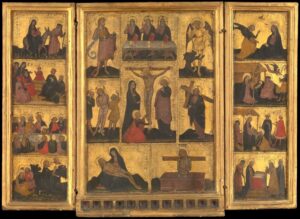
“Now at the end of my life, my sinful soul rids itself of folly. At least with its voice, if it is no longer able with its works, it lifts up its praise to God.”

Merry Christmas from Mount Hope Lutheran School!

Throughout the Middle Ages, the text and its rather eerie but joyfully-bursting-with-confidence Dorian chant tone was used as an Easter sequence to introduce the Gospel reading.
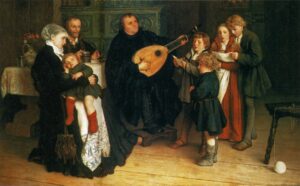
Why should the Church ever sound like the world? People don’t need more of the world; they need Jesus. Instead, the Church should sound unlike the world.

“It is good and God pleasing to sing hymns…so that God’s Word and Christian teaching might be instilled and implanted in many ways”
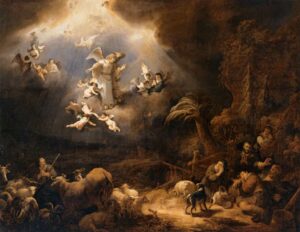
Yea, Peace on earth incarnate lies, And in His little finger Is pow’r that makes the dead to rise And demons scared to linger And God’s own blood there flows within, One drop of which blots out all sin; Thus we have peace of conscience.
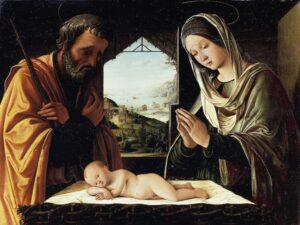
Forth today the Conqueror goeth,
Who the foe, Sin and woe,
Death and hell, o’erthroweth.
God is man, man to deliver;
His dear Son Now is one
With our blood forever.
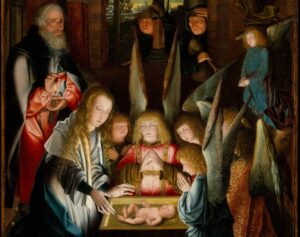
This hymn was widely used from the early Middle Ages to the time of the Reformation, especially the opening verses